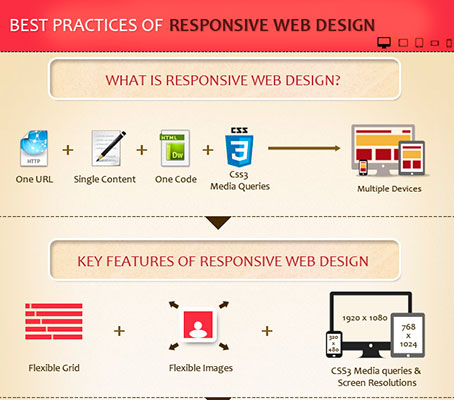Website Design Essentials: Tips For Building A User-Friendly Website
Website Design Essentials: Tips For Building A User-Friendly Website
Blog Article
Material By-Wiley Daugaard
When it involves internet site style, ensuring user-friendliness is key. From receptive design to structured navigating, every aspect plays a critical duty in creating a site that deals with your audience's demands. But what concerning the better information that can make or damage a user's surfing experience? Stay tuned as we reveal some often-overlooked ideas that can boost your website's usability to the following level, making it really attract attention in the electronic landscape.
Relevance of Responsive Style
Receptive style is a crucial aspect of contemporary site development. Ensuring your internet site is responsive means that it can adjust to various display dimensions and tools, giving a seamless experience for users.
With the enhancing use of smart devices and tablet computers to access the internet, having a receptive design is essential for getting to a broader audience. It assists in enhancing individual experience by making your website simple to browse and read on any type of gadget.
Additionally, receptive design can favorably influence your online search engine positions, as online search engine like Google focus on mobile-friendly web sites. By having a receptive style, you're also future-proofing your site, as brand-new devices with varying display sizes remain to emerge.
Simplify Navigating Framework
To boost customer experience and promote very easy accessibility to info on your website, simplifying the navigating structure is paramount. When developing https://seopluginsfree95173.bloggerchest.com/31048554/strengthen-your-brand-the-impact-of-professional-internet-site-advancement-on-organization-development , focus on developing a clear and intuitive navigation menu that assists site visitors locate what they're looking for quickly.
Limit the number of menu products to the essentials, grouping relevant web pages together to stay clear of frustrating individuals. Use descriptive tags that plainly indicate the web content of each page, making it easier for users to understand where each link will certainly take them.
Consider executing dropdown food selections for subcategories to prevent cluttering the primary navigating bar. In addition, consist of a search bar plainly on the web page for individuals who prefer searching for particular details.
Focus on mobile responsiveness in your navigation design to make certain very easy gain access to on all gadgets.
Enhance Page Load Speed
Improving page load rate is critical for maintaining visitors on your internet site. Slow-loading web pages discourage customers and can cause high bounce rates. To maximize web page load rate, start by optimizing images. Press images without endangering high quality to minimize their data dimensions.
Additionally, enable browser caching to store regularly accessed resources in your area, accelerating tons times for returning site visitors. Minify CSS, JavaScript, and HTML files by eliminating unnecessary characters, comments, and format, enhancing load speed.
Take into consideration making use of a web content shipment network (CDN) to disperse your internet site's content throughout several web servers worldwide, reducing latency for customers accessing your site from different locations. Lastly, limit the use of third-party scripts and plugins, as they can substantially influence load times.
Final thought
Finally, by including responsive layout, simplifying navigating, and maximizing web page tons speed, you can create an user-friendly internet site that interest a broader audience and improves user experience. b2b website design guarantee that site visitors can conveniently access and navigate your website across different devices, bring about increased involvement and satisfaction. By focusing on these crucial aspects, you can construct an effective internet site that keeps individuals coming back for more.
